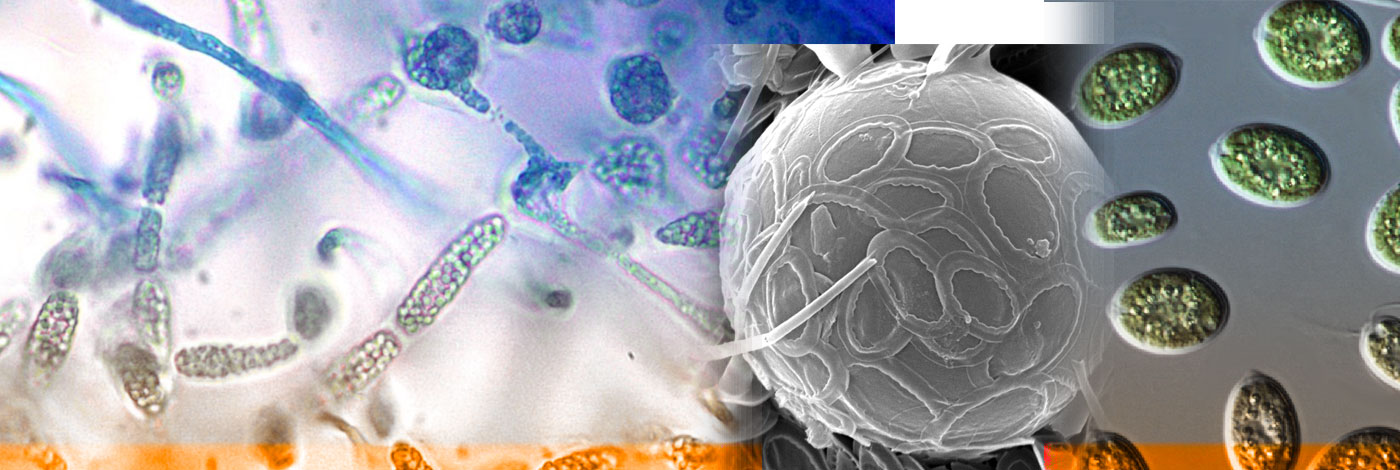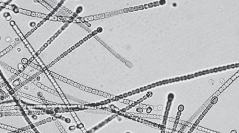

 Cryptogamie, Algologie
31 (3) - Pages 321-341
Cryptogamie, Algologie
31 (3) - Pages 321-341We describe a new genus, Cronbergia, based on a particular mode of heterocyte formation. This pattern consists in the division of one cell into two heterocytes followed by the rupture of the filament at the junction between the two heterocytes. The resulting trichomes have solitary heterocytes in the terminal position. A similar heterocyte development is known only in the genus Anabaenopsis, but the process of their formation is different. The strains/samples that correspond to this heterocyte formation and are included in the new genus are: (1) one strain (SAG B11.82) identified as Anabaena siamensis, but later assigned to the genus Richelia by Hindák (2003), (2) two natural populations from Slovak waters, (3) Cylindrospermum planctonicum from a Swedish fjord and (4) Cylindrospermum sp. strain PCC 7417. These four strains/samples are assigned to the new species Cronbergia siamensis, C. paucicellularis, C. planctonica and Cronbergia sp., respectively. The morphological differences between the four species are the cell length and numbers of cells, and the form and position of akinetes in filaments. The morphological differences between the new genus and Cylindrospermum, Richelia, Anabaenopsis, Cylindrospermopsis, Nostoc and Anabaena are also discussed. Available 16S rRNA sequences are compared to those of Cronbergia siamensis strain SAG B11.82, showing that the strains of the new genus have at least 3% 16S rRNA divergence with them.